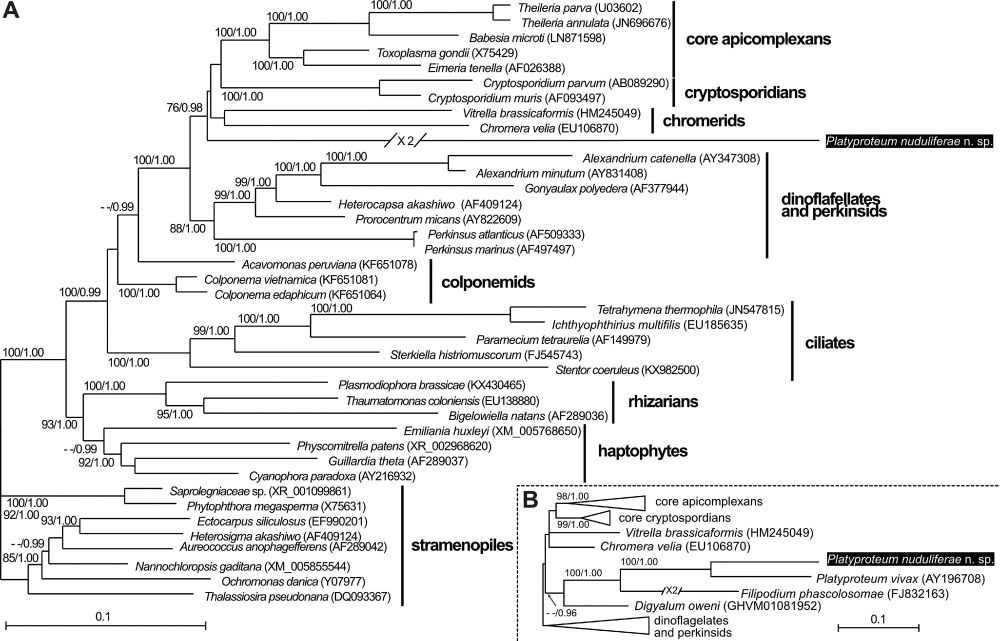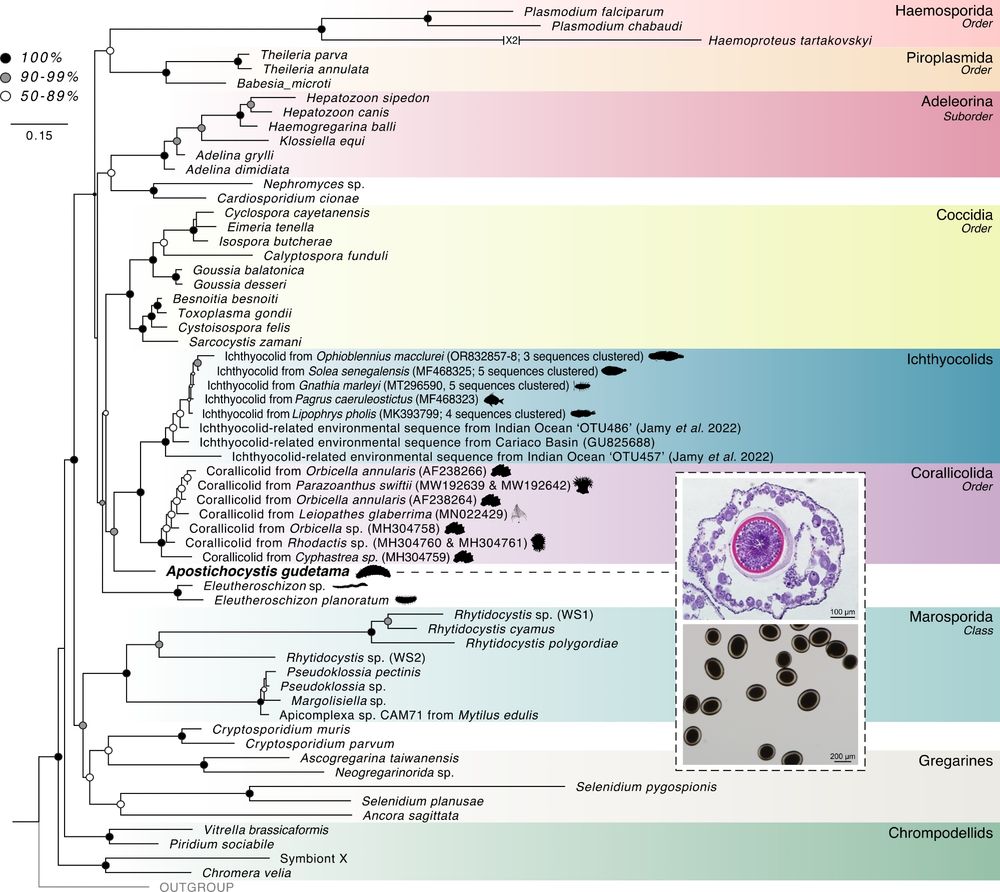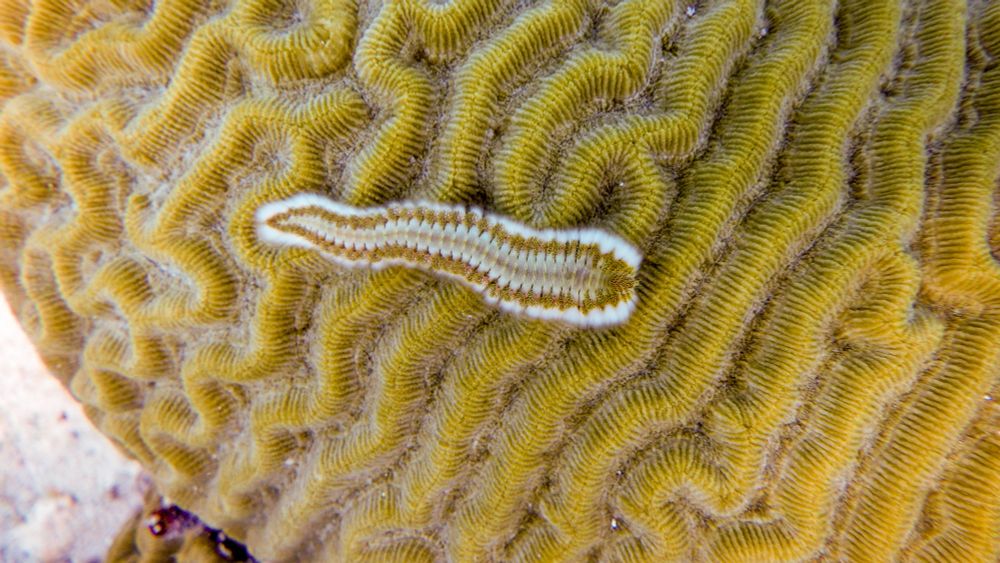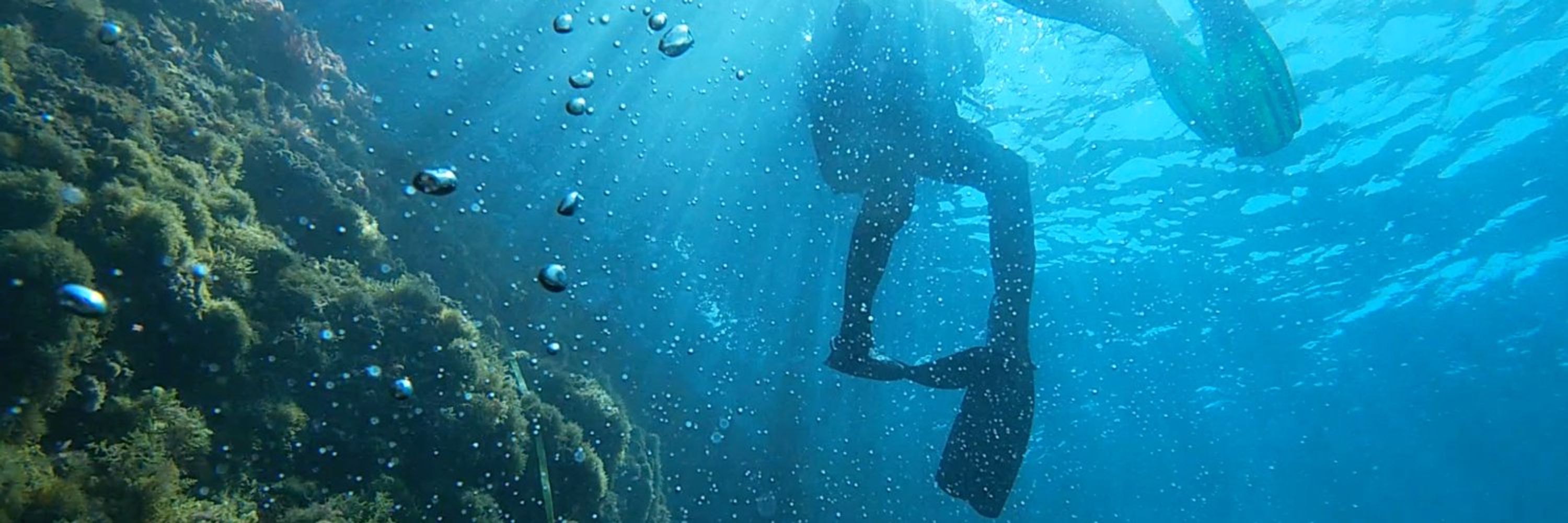
Studying coral holobionts 🪸🧬🦠🌊







doi.org/10.1016/j.cu... 🦠 🪱
📷 Yokouchi et al 2022
doi.org/10.1016/j.cu... 🦠 🪱
📷 Yokouchi et al 2022
📷 Yokouchi et al 2022
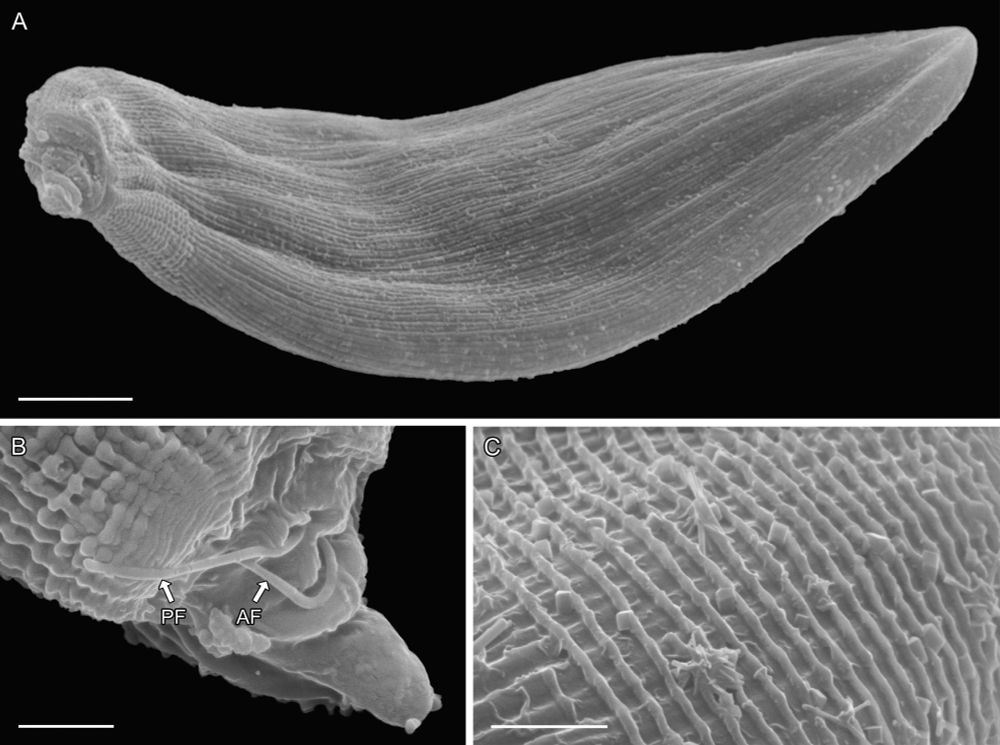
📷 Yokouchi et al 2022
